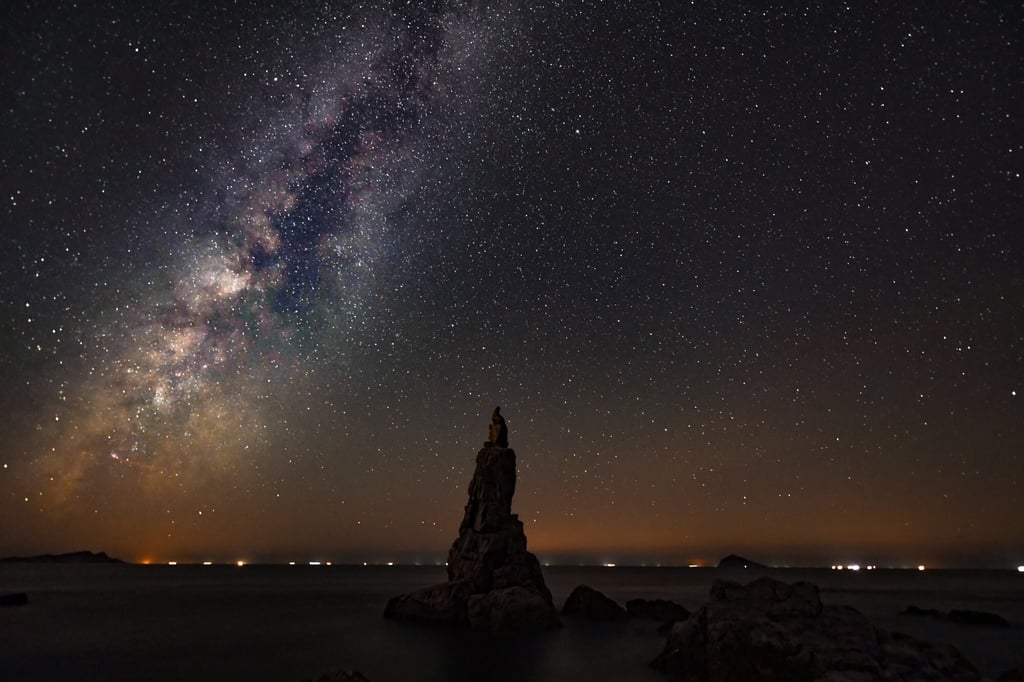Reflections | The ship that took a man to space and back in ancient Chinese tale
- According to third century author Zhang Hua, a man travelled to space and back, at some point losing track of where the Earth ended and the sky began
- It may not be very different from what the Chinese astronauts aboard Shenzhou 12 experienced as their craft left the Earth’s atmosphere recently

China’s latest crewed space mission was launched just over three weeks ago from a facility in the Gobi Desert. Seven hours after lift-off, the Shenzhou 12 capsule, carrying three astronauts, docked with the core module of the Tiangong space station. There, 380km (235 miles) above the Earth’s surface, they will spend the next three months putting the module into service, testing new technologies and conducting spacewalks.
Since its inception in the late 1950s, China’s space programme has developed, especially in the last two decades, to become an advanced enterprise to be reckoned with. In the past six months alone, Chinese spacecraft had taken rock and soil samples from the moon back to Earth and landed a robot rover on Mars, both of which involved technology and processes a great deal more complex and intricate than they sound.
Most of the names adopted for the hardware in the Chinese space programme have mythic connotations, such as Tiangong (literally “heavenly palace”) and Shenzhou (“divine vessel”). The core module where the three astronauts will work and live is called Tianhe (“celestial harmony”), while the cargo transport spacecraft that ferries supplies from Earth to the space station is called Tianzhou (“heavenly ship”).
There is a Chinese tale about a ship that took a man to space and back. In his Records of the Myriad Things, Zhang Hua (232–300) recounted the popular legend of how one could reach the Milky Way, or the “Silver River” (yinhe) in Chinese, by way of the sea. Once upon a time, there was a man who lived by the sea. Each year, without fail, a raft would drift ashore in the eighth month. His curiosity piqued, he decided to go on an adventure one year. He built a structure on the raft for shelter, prepared food and water for himself, and drifted into the unknown on board the raft.

At the beginning of his voyage, he could still see the sun, moon and stars in the sky. As he went on, he found that he could not make out where the Earth ended and the sky began. Day and night were no longer discernible. After a period of time, equivalent to almost a year, he arrived at a place that resembled a city, with neat rows of houses, in which many women were weaving.
